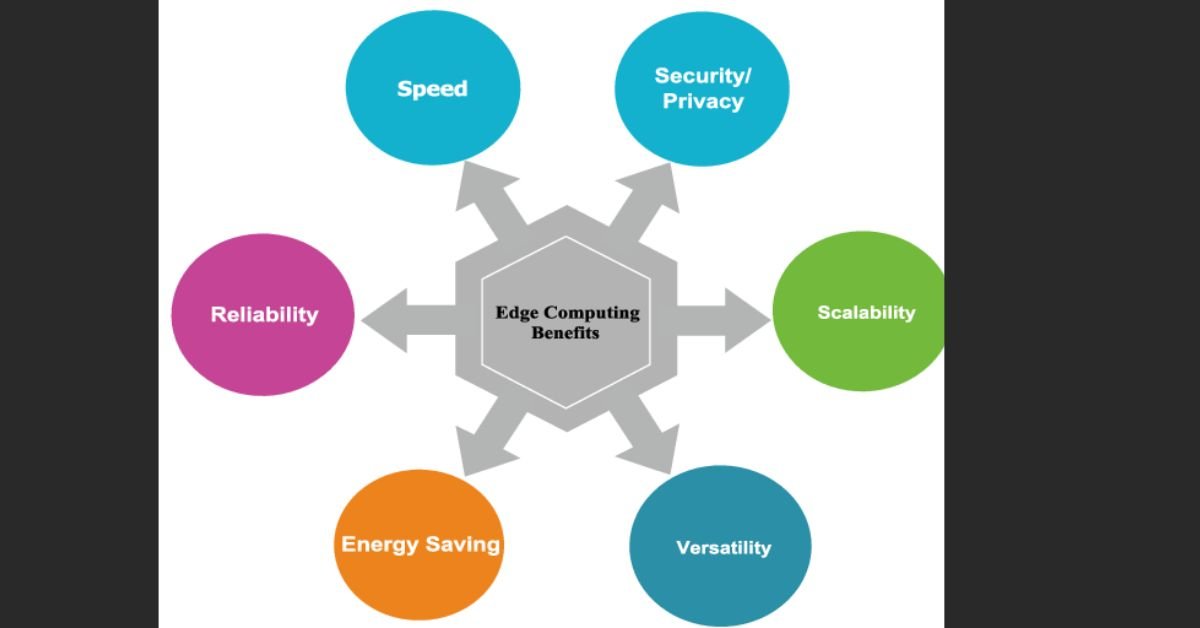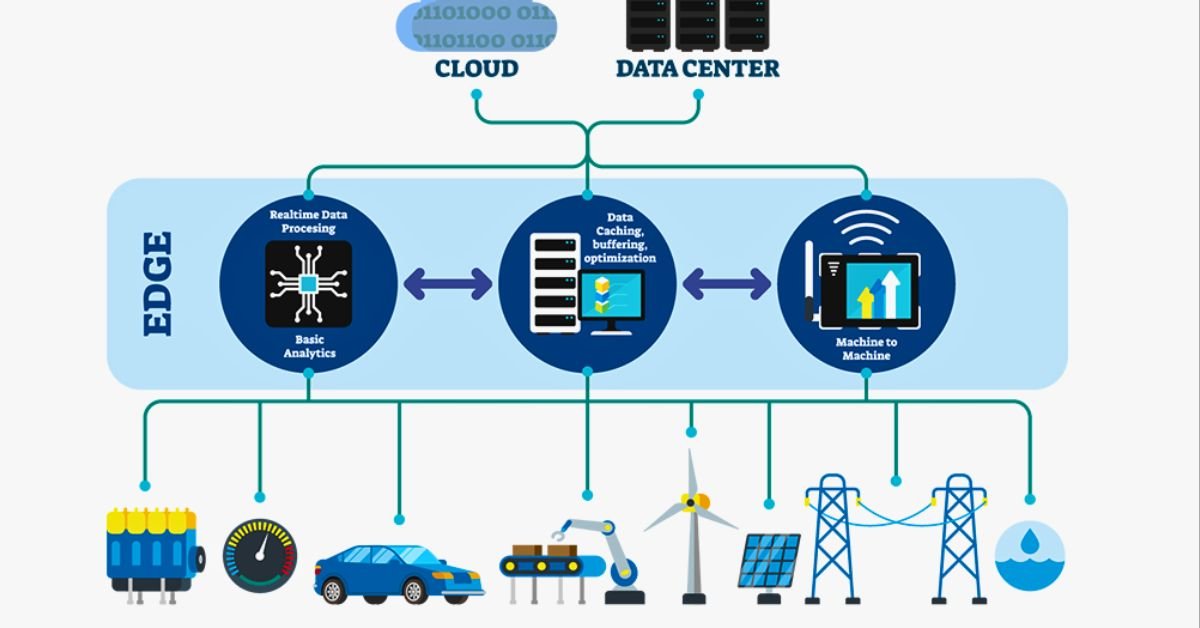Technology, often referred to as edge computing, is a distributed computing paradigm that brings computation and data storage closer to the location where it is needed. This approach contrasts with traditional cloud computing models, where data processing occurs in centralized data centers. Here’s a detailed overview:
Critical Concepts of Edge Technology
1. Definition:
Edge computing involves processing data near the source of data generation (the “edge”) rather than relying on a central server. This can include devices like IoT sensors, mobile devices, or local servers.
2. Components:
Edge Devices: devices are hardware components that operate at the “edge” of a network, meaning they are positioned closer to data sources—such as sensors, machines, or user devices—rather than relying solely on centralized cloud servers. Their primary purpose is to process, analyze, and store data locally before sending it to the cloud for further analysis or storage. This architecture helps optimize application performance by reducing latency and bandwidth usage.
Here are some examples of edge devices:
1. IoT Sensors
2. Smart Cameras
3. Edge Gateways
4. Routers with Edge Computing Capabilities
5. Industrial Controllers
6. Wearable Devices
7. Smart Speakers
8. Drones
9. Self-driving Car Systems
10. Point-of-Sale (POS) Terminals
Edge Servers: Edge servers are computing devices located at the edge of a network, closer to end users. They process data locally rather than relying solely on centralized data centers, which helps reduce latency and improve application performance. Key benefits include:
3. IoT Gateways
4. Micro Data Centres
5. Fog Computing
6. Local Caching Servers
7. Mobile Edge Computing (MEC)
8. Distributed Cloud Services
9. Smart Edge Devices
10. Real-time Analytics Servers
Network Infrastructure: The connectivity between edge devices and servers, which includes routers and gateways.
3. Architecture:
Edge architecture typically consists of multiple layers:
Device Layer: Contains sensors and actuators.
Edge Layer: Local processing units that handle immediate tasks.
Cloud Layer: Centralized storage for long-term analysis and heavy computational tasks.
Advantages of Edge Technology

1. Reduced Latency:
– By processing data closer to its source, edge technology minimizes delays in communication, leading to faster response times critical for applications like autonomous vehicles or real-time analytics.
2. Bandwidth Efficiency:
– Reduces the amount of data sent over the network by filtering unnecessary information at the edge before transmitting only relevant data to the cloud.
3. Enhanced Security and Privacy:
– Sensitive data can be processed locally without being transmitted over networks, reducing exposure to potential breaches during transmission.
4. Improved Reliability:
– Local processing allows systems to continue functioning even when connectivity to the central server is compromised.
5. Scalability:
– As more devices are added (especially in IoT), edge solutions can scale more effectively by distributing workloads across many localized nodes rather than relying solely on centralized resources.
Applications of Edge Technology

1. Internet of Things (IoT):
– Smart home devices, industrial sensors, and wearables benefit from real-time analytics performed at the edge.
2. Autonomous Vehicles:
– Vehicles process vast amounts of sensor data in real-time for navigation and safety without constant cloud connectivity.
3. Healthcare Monitoring:
– Wearable health monitors can analyze vital signs locally for immediate alerts while preserving patient privacy by limiting cloud interactions.
4. Smart Cities:
– Traffic management systems use edge computing for real-time monitoring and adjustments based on current conditions without relying heavily on centralized systems.
5. Retail Analytics:
– In-store cameras can analyze customer behavior immediately to optimize layouts or inventory management dynamically.
Challenges of Edge Technology
1. Management Complexity:
– Managing numerous distributed nodes requires robust orchestration tools and strategies for updates and maintenance.
2. Interoperability Issues:
– Different devices may use various protocols; ensuring compatibility can be challenging.
3. Security Concerns:
– While local processing enhances security in some aspects, each edge device represents a potential vulnerability that needs protection against attacks.
4. Data Governance Compliance:
– Organizations must navigate regulations regarding where data is processed and stored, particularly important with sensitive information like personal health records or financial transactions.
Future Trends
– The growth of 5G networks will significantly enhance edge capabilities due to higher speeds and lower latency.
– Increased integration with AI at the edge will enable more sophisticated decision-making processes directly within smart devices.
– Continued advancements in hardware will allow smaller devices to perform complex computations previously only possible in larger systems.
In summary, edge technology represents a shift towards decentralized computing that enhances performance, efficiency, security, and scalability across various industries by bringing computation closer to where it’s needed most—at the “edge.”
